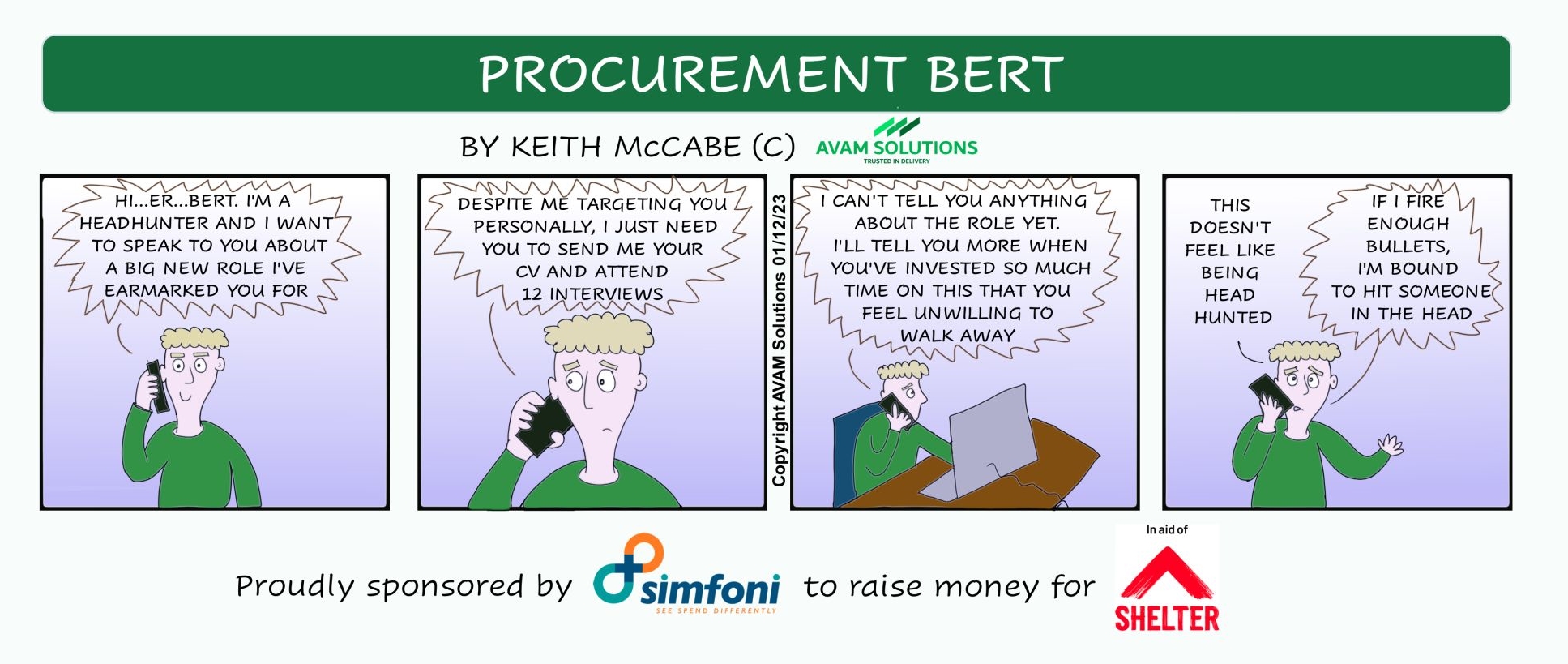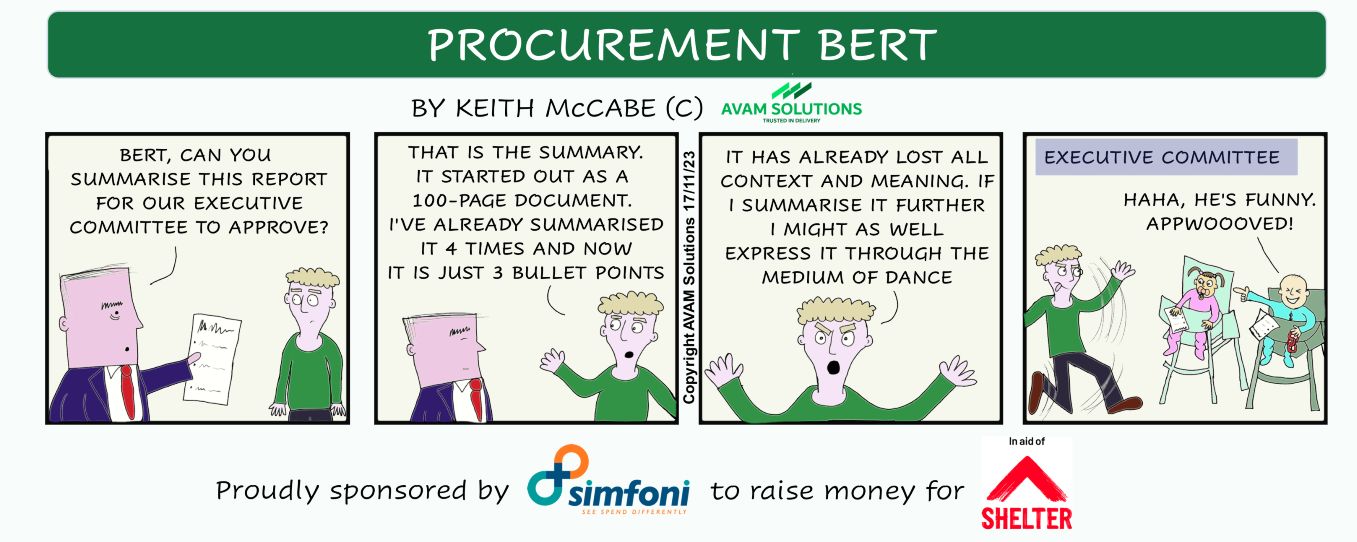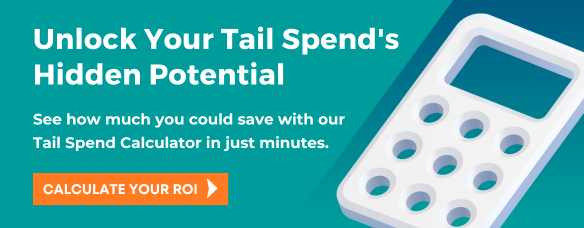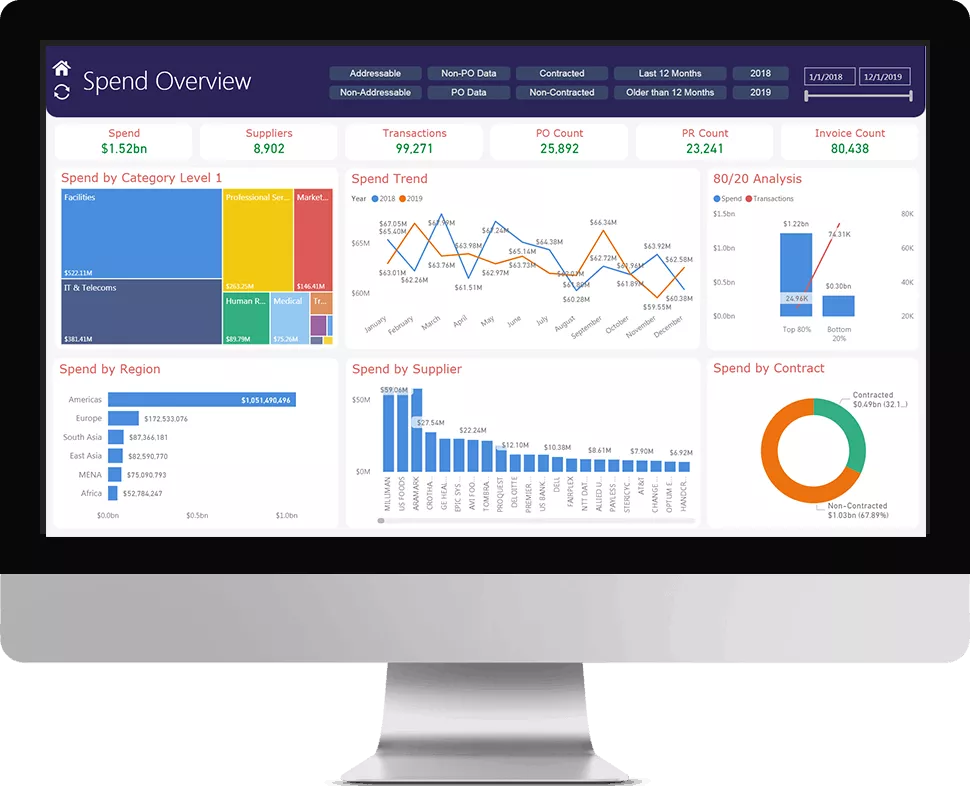If you’ve been reading the procurement trade publications over the past year, you will have noticed a lot of discussion about the importance of understanding and managing tail spend in large or geographically dispersed organizations. The fact that tail spend is getting so much attention highlights two notable shifts in our space:
Firstly, it represents a significant change in the mindset of procurement professionals as in the past, resources did not allow them the time or tools necessary to shine a light on low-value spending. As such, even the most diligent procurement professionals were forced to focus their energies only on the 20% of suppliers that represented 80% of their costs.
Read More – 6 Ways to Support Supplier Diversity by Increasing Supplier Spend to Minority-owned, Diverse and Small Businesses.
The second shift is a technological one. The proliferation of new technologies including enterprise software and real-time communications has enabled organizations to get a better insight into their tail spend and, as a result, identify the opportunities it represents for maximizing profitability.
Tail spend is traditionally defined as the ~20% of an organization’s spend that is derived from ~80% of their suppliers. Because these purchases are often too small or infrequent to be managed by procurement they do not benefit from the proven techniques associated with a more deliberate purchasing approach. Read More:- Purchase Price Variance
The challenge with tail-spend is that there is a lot happening within that bottom 20% and without the right systems in place it can be very difficult to manage. A lot is made of the fact that the tail is where maverick spending hides – and that’s an issue – but it’s much more than that.
Tail spend can also include: Understanding Tail Spend
- Spend with approved suppliers but outside of existing contracts
- Low price but high-frequency items
- Large one-time purchases
- Low price and low volume items
- Misclassified items
While each of these categories may require their own procurement management strategies, there are several commonalities that can be addressed through improved systems. The biggest commonality is that they typically are too small or infrequent to generate attention and, as a result, there is very little data gathered about them. In the absence of data, it is difficult to get senior executives energized about the true cost of tail spend, even though it could generate millions of dollars in savings if professionally managed.
Read More:- AI in Procurement
However, there is good news.
Light is starting to be shed on the importance of tail spend management and understanding Tail Spend. A google search on the subject returns thousands of records discussing all aspects of this hidden spend. Case studies are being developed as companies find millions of new savings. In fact, a recent Accenture publication claimed that companies that effectively transform their tail spend typically realized savings between 10 to 20 percent by improving their spot buying processes alone – all while improving corporate buying compliance.
Read More:- What is Procurement and How To Optimize Processes, Performance, and Technology?
Technology is paving the way as well. Traditional tail spend enablers such as poor communication channels or inefficient corporate bureaucracy are being replaced by streamlined ordering applications, making low volume spend easier for the end-users while providing better line-of-sight to the procurement organization. Integrating these systems with evolving analytics tools help quantify and aggregate savings across the entire tail spend environment, demonstrating a solid return to the C-level for their investment in those same procurement systems.
All these developments make for an exciting time in procurement departments around the world. While the opportunity to shave a percentage point off pricing with a major supplier will never go away, it’s clear that managing the tail can deliver a similar jolt to profitability by simply applying existing procurement best practices to below-the-radar spending.
If you are looking for a simple, no-fuss way to better manage tail spend in your organization, the PocketBuyer™ app from Simfoni is the ideal starting point.













